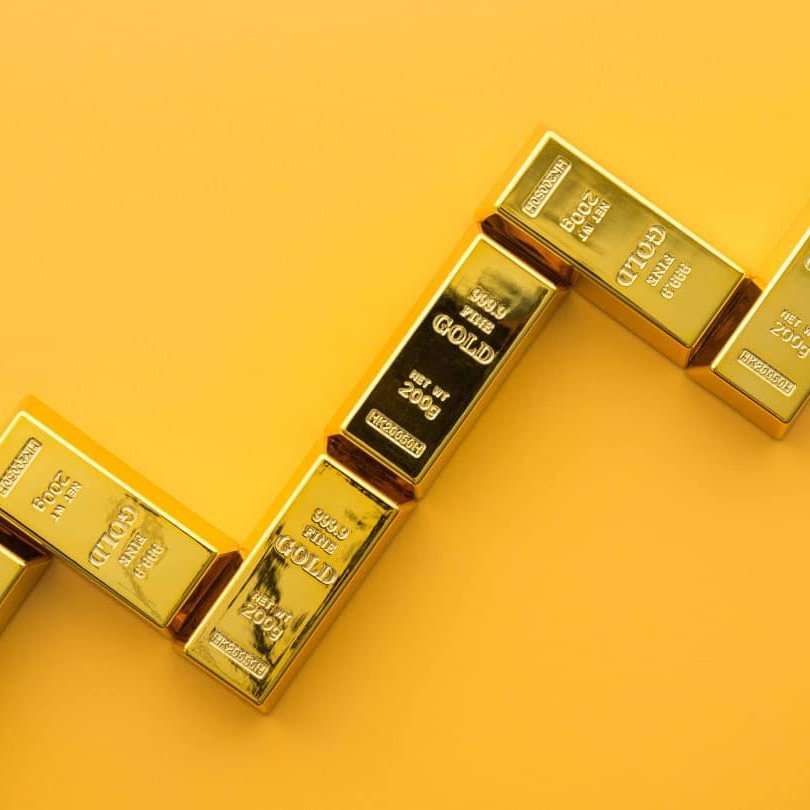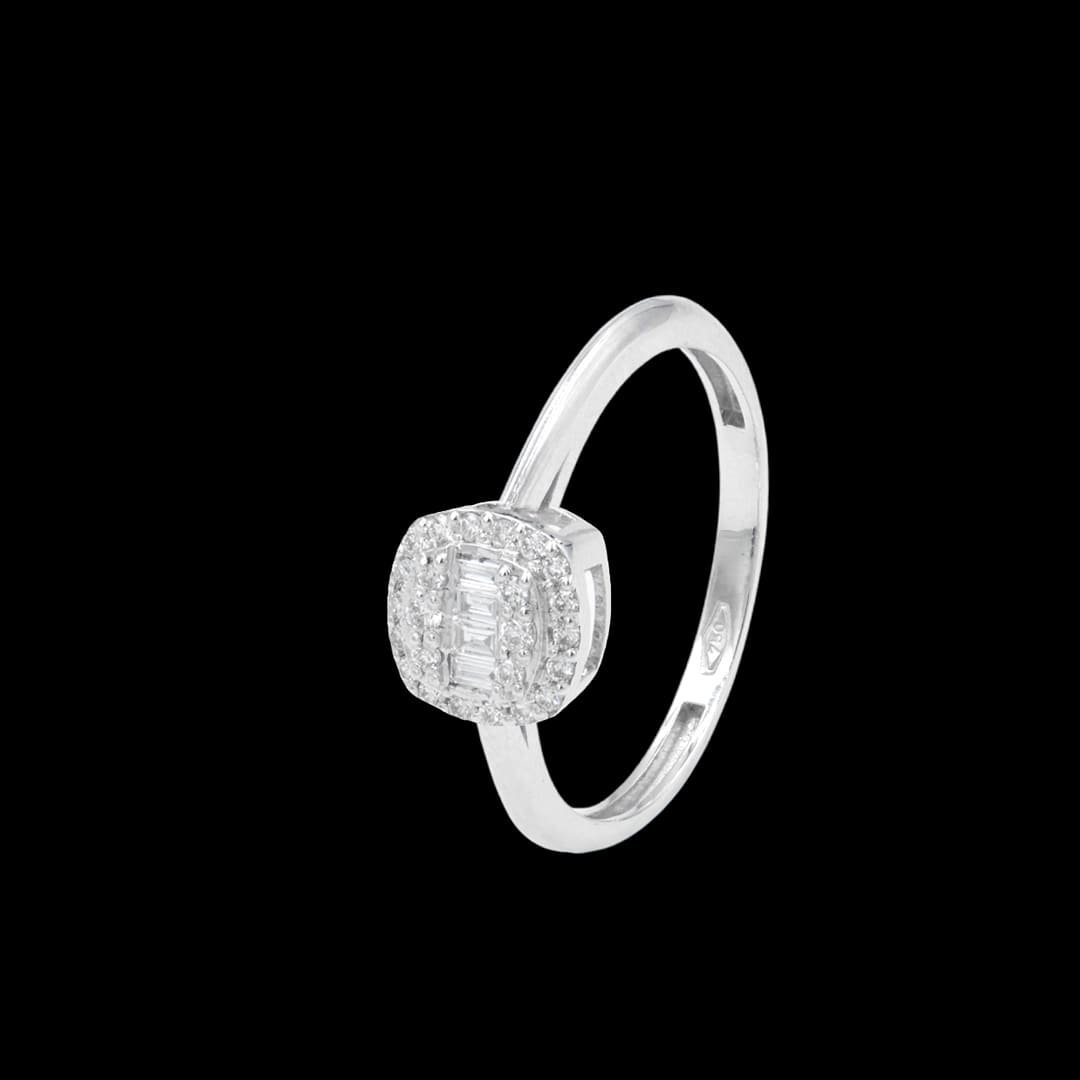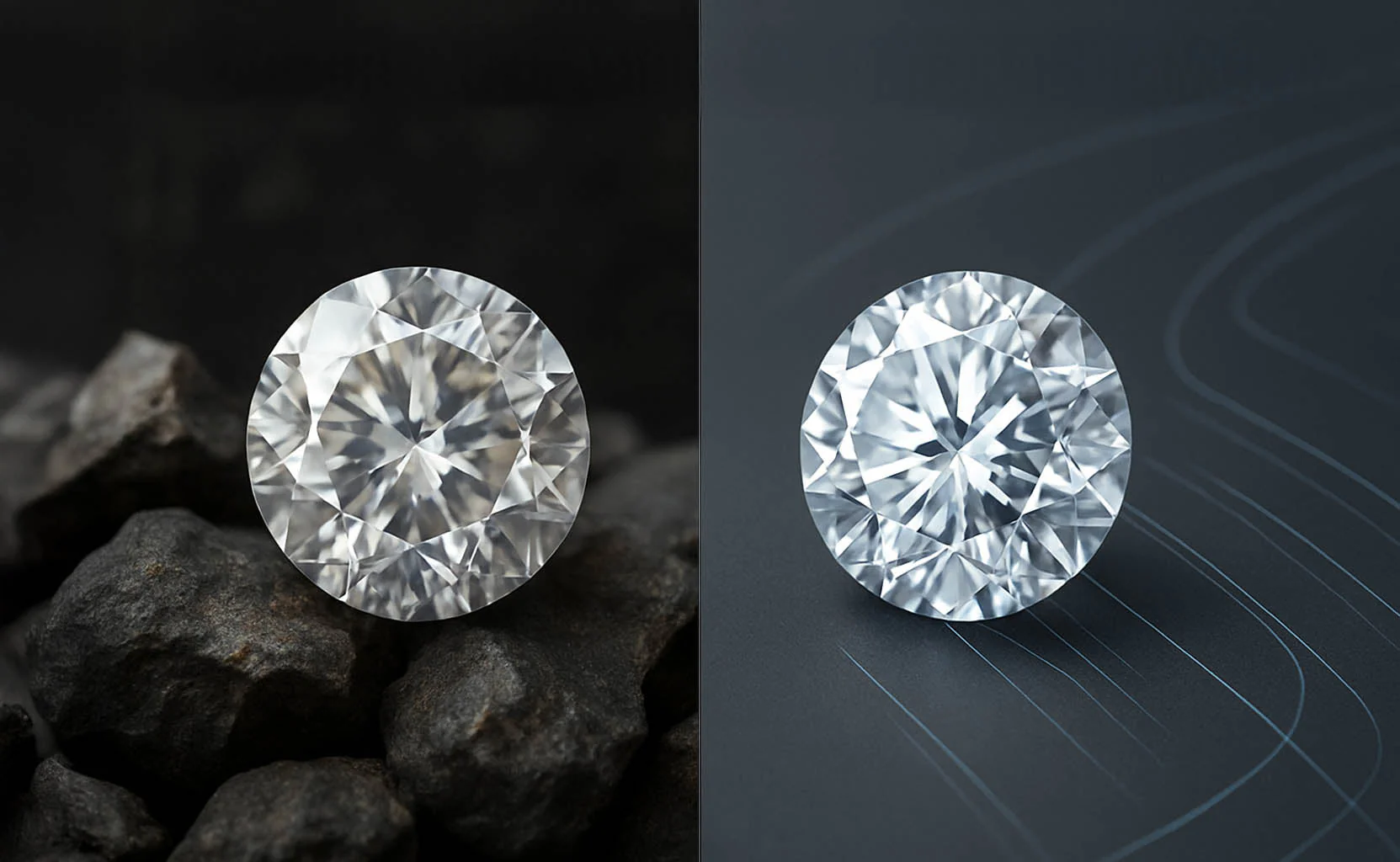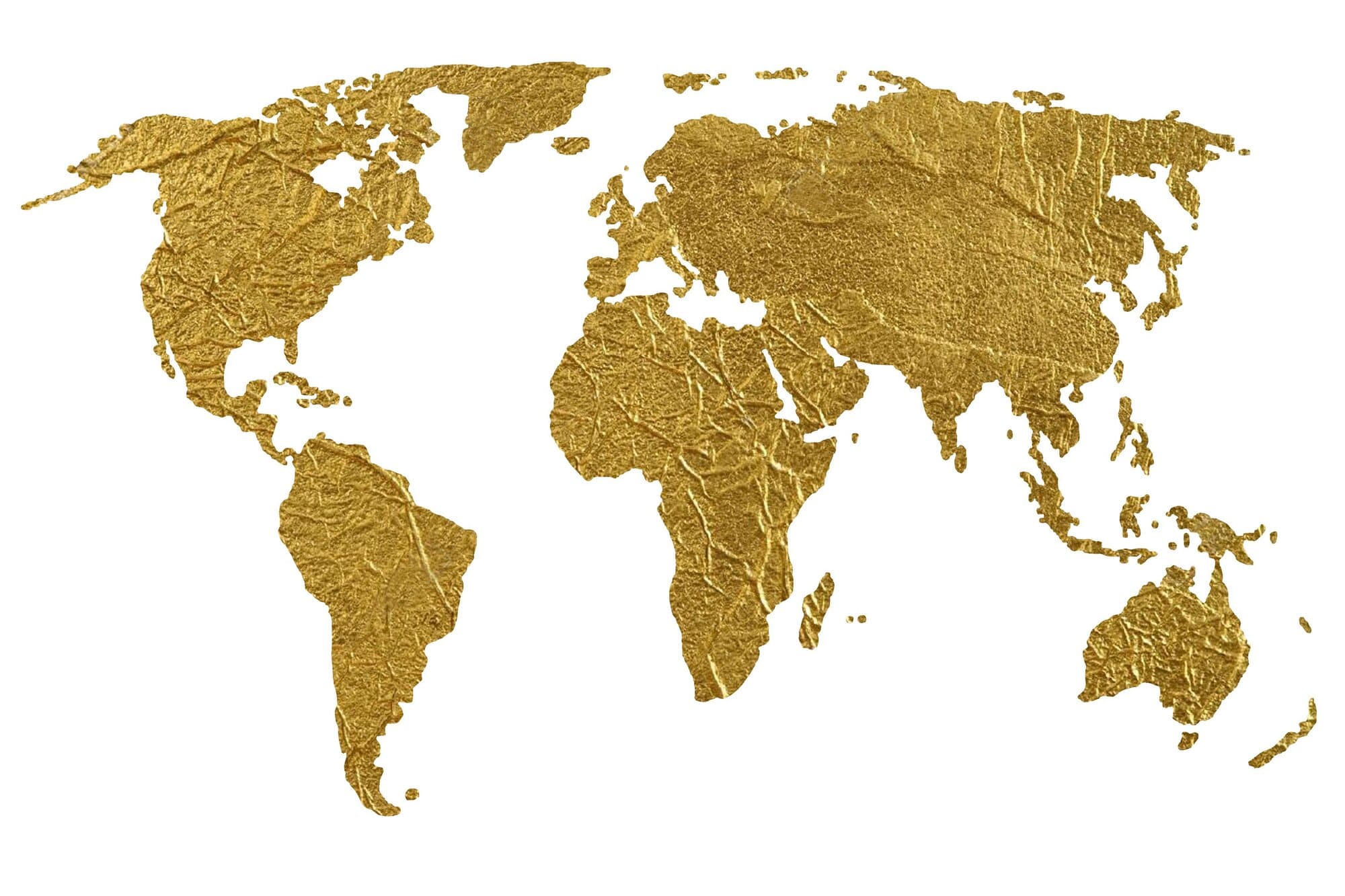
Gold Rate Outlook: Remainder of 2025
Gold has always been a barometer of economic sentiment, a trusted store of value in turbulent times, and a strategic asset for investors around the globe. As we move into the second half of 2025, the outlook for gold prices remains a key point of interest for traders, jewelry buyers, and central banks alike.
A Strong Start to 2025
The first half of 2025 witnessed a relatively bullish performance for gold. A combination of geopolitical tensions, persistent inflation in certain regions, and shifting monetary policies led investors to seek safety in gold. Spot prices briefly crossed the $2,200 per ounce mark in May, reinforcing gold’s resilience in the face of market uncertainty.
Key Drivers for the Remainder of 2025
Several factors are expected to influence gold prices through the rest of the year:
1. Central Bank Policies
The U.S. Federal Reserve and other major central banks are approaching a pivotal moment. With inflation showing signs of moderation but still above target in many economies, policymakers may adopt a cautious stance on interest rate cuts. A more dovish tone would typically weaken the dollar and support higher gold prices, while aggressive rate hikes could dampen demand for non-yielding assets like gold.
2. Global Economic Slowdown
Slowing growth in Europe and China could increase gold’s appeal as a hedge against economic uncertainty. If consumer demand and industrial output continue to decline, investor sentiment may shift further toward safe-haven assets, boosting gold prices.
3. Geopolitical Tensions
With ongoing conflicts and political instability in parts of Eastern Europe, the Middle East, and Asia, risk aversion remains elevated. Any significant escalation could trigger renewed demand for gold, especially among institutional investors and central banks.
4. Retail Demand and Jewelry Sales
Seasonal festivals, weddings, and cultural events in markets like India and the Middle East could drive up demand for physical gold. While prices remain high, a stable or slightly downward trend could prompt more consumer interest in gold jewelry purchases.
5. ETF Flows and Investment Demand
Exchange-traded funds (ETFs) tied to gold have seen mixed flows in the first half of the year. A shift in investor sentiment—especially from hedge funds and sovereign wealth funds—can quickly impact gold’s short-term direction.
Forecast Scenarios
Bullish Scenario
If inflation persists longer than expected, or if major economies fall into recession, gold could test new highs above $2,300 per ounce before the end of 2025.
Bearish Scenario
Conversely, if inflation sharply declines and interest rates fall without major economic disruptions, capital may rotate back into riskier assets like equities—putting downward pressure on gold. Prices could retrace to the $1,950–$2,000 range.
Base Case
Most analysts project a stable-to-moderately-bullish trend for the rest of 2025, with gold prices likely to hover between $2,050 and $2,250 per ounce.
What This Means for You
-
Investors: Consider gold as part of a diversified portfolio. Its role as a hedge against uncertainty remains strong.
-
Jewelry Buyers: With prices relatively stable, the coming months could be a smart time to purchase before potential year-end spikes.
-
Retailers: Stay updated on regional demand trends and currency movements to optimize inventory and pricing strategies.
Enduring Value Proposition
Gold’s enduring value proposition remains clear in an uncertain world. While no one can predict exact prices, the remainder of 2025 is expected to favor a cautious optimism toward gold. Whether you’re investing, gifting, or simply appreciating its timeless beauty, gold continues to shine—both as a symbol and an asset.
View Abdullah Sakkijha Jewelry’s latest collections and pieces: https://abdullahsakkijha.com/
Visit us: Swefieh, Al-Hamra Street – Amman, Jordan
Follow us on our socials:
Instagram | Facebook |Snapchat | TikTok | YouTube







Add comment